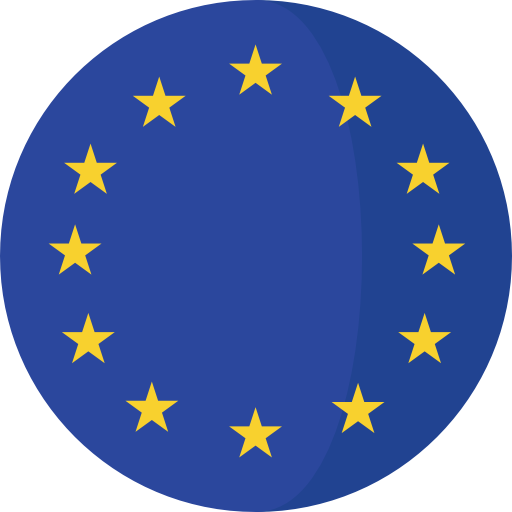Back in 1998, a team of experts involving a researcher of UC Berkeley, Mark Kubinec, analyzed the simple quantum computation for the first time and used the individual molecules. The team also utilized the radio waves’ pulses to overturn the rotations of the two nuclei in a molecule.
Notably, these rotations are just ups and downs assimilation storing details so that they either 0 or 1 state and the information are stored in a classical data bit form. In the early days, quantum computers offered the features of the combined inclination of two nuclei. Thus, this is the quantum state of a molecule, which could only be conserved for a short time span, especially in the tunes environment.
Notably, in other words, the system loses coherence very easily and faster. The management over the quantum correspondence gets missed with developing and building a scalable quantum computer. However, the experts are now building u new paths to develop and secure quantum coherence.
Thus, this step would let the superlative tactful measurement and information processing gadgets that work at the circumambient or even in the toughest condition. In 2018, one of the senior-most faculty Lawrence Berkeley National Laboratory, Professor Joel Moore, and his team toiled hard to build and guide an Energy Frontier Research Center, also known as the Novel Paths’ midpoint Quantum Coherence in Materials, to furthermore those attempts.
In a statement, expert Moore said that a significant tool for DOE is EFRC, which enables the focus of inter-institutional collaborations to let the quick progress happen on the forefront of science-related issues that lay behind the scopes of individual investigators.
With the NPQC, experts, and researchers from Berkeley Lab, Columbia University and, UC Berkeley, UC Santa Barbara, Argonne National Laboratory are working to build up ways for better understanding and manipulative coherence in varying solid-state systems.
Notably, the main threefold approach kingpins the development of the narrative platforms for quantum sensing, and other 2-D elements that would hold- on the complex quantum states. Additionally, this approach also helps explore the pathways to more precise management of any material and its magnetic properties through the quantum processes and the electronic properties as well.
However, the resolutions to such problems are simply situated within the materials science community. The development of the ability to manipulate the coherence within the real surroundings needs a keen and deep knowledge of the materials, which would provide the alternative to quantum bit sensing or optical techniques.
The most main and basic discovery reinforces the future developments that would help in the other investments related to the DOE, all across the office of Science. Although, the time at which this program would enter the fourth year, there would occur many breakthroughs, which would further lay the ground tasks for transformations within quantum information science.
Additionally, it can be said that there are lot many accomplishments that far grab the attention of the quantum platforms, mainly based on the specified drawbacks in any material and its structure, which is also called spin defect.
